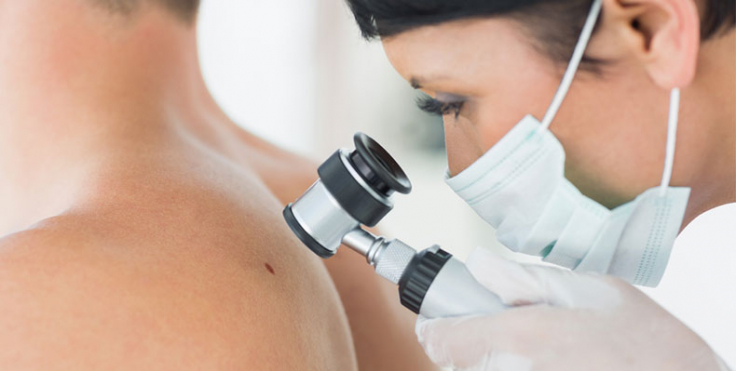Skin cancer is the most common form of cancer that affects millions of people across the world every year. According to the Skin Cancer Foundation, one in every five Americans is likely to develop skin cancer in their lifetime. The good news is that skin cancer is highly treatable if detected early. Regular onsite skin cancer checks by trained professionals can help you identify suspicious moles, and other skin lesions that could be cancerous. In this blog post, we’ll explore everything you need to know about national onsite skin cancer checks.
What are the benefits of onsite skin cancer checks?
Onsite skin cancer checks have numerous benefits. These checks help detect skin cancer at its early stages, improve the chances of survival, and save lives. Regular skin exams can help identify abnormal moles, moles that grow quickly, or moles that change in shape or color, which could be an indication of skin cancer. This early detection means that treatment can start early when the cancer is still in the early stages and more treatable. During onsite skin cancer checks, dermatologists can also guide you on how to protect your skin from further damage and reduce your risk of developing skin cancer.
Who can benefit from onsite skin cancer checks?
Everyone should make an effort to get a skin cancer check as part of their healthcare routine, especially if you are over 40 years old or someone with a greater risk of developing skin cancer due to a genetic predisposition or high exposure to the sun. These checks are beneficial for those who spend a lot of time outdoors, have a history of skin cancer in their family, have previously had precancerous skin lesions or skin cancer, and those with fair skin that freckles easily, or skin that has been damaged due to a history of sunburns.
What happens during an onsite skin cancer check?
During an onsite skin cancer check at Employees Health, you can expect a brief physical examination of your entire body, including areas that are not usually exposed. Your skin will be checked for any signs of skin cancer or any abnormal moles, which are usually indicative of melanoma, the deadliest form of skin cancer. The doctor will also advise you on how to protect your skin from the sun’s harmful UV rays, which are known to cause skin cancer.
What should you expect before, during, and after skin cancer checks?
Before the skin cancer check, you should avoid wearing makeup, nail polish or anything that could hide spots or moles on your skin. You should arrive early to fill out any necessary health forms or questionnaires. During the check, you will be asked to remove your clothing or change into a gown to make it easier for the dermatologist to examine your skin. After the check, you may be advised on additional imaging tests or biopsies if necessary.
In conclusion, onsite skin cancer checks could save your life or that of someone you love. Getting regular skin exams is a critical part of a comprehensive cancer prevention strategy. It can help detect any abnormal skin growth at its earliest stages, increase your chances of successful treatment outcomes, and reduce your risk of further skin damage. If you haven’t had a skin check recently, we encourage you to make an appointment with your primary care provider or a dermatologist as soon as possible.

